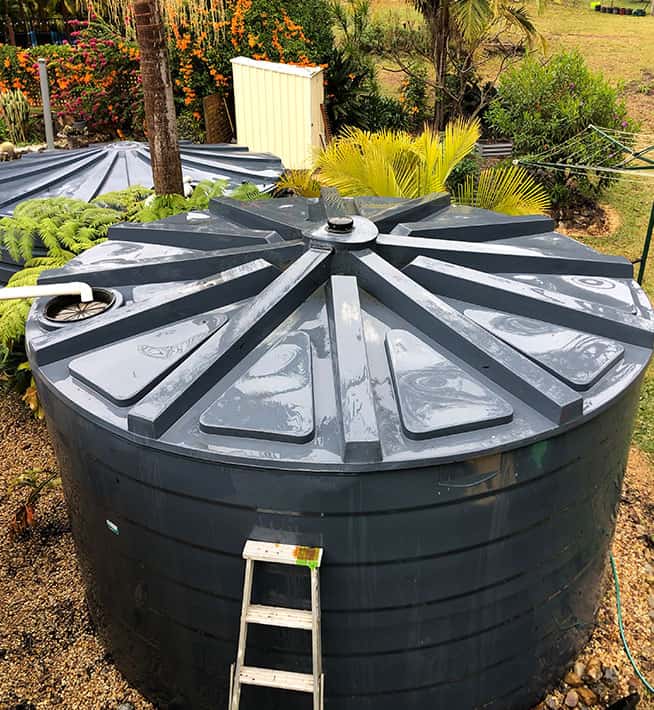Protecting your rainwater tank from damage is essential for ensuring its longevity and maintaining a reliable source of water for your household or agricultural needs.
Step-by-Step Guide:
- Proper installation: Ensuring that your tank is installed correctly is the first step to prevent damage. Consult a professional and follow the manufacturer's guidelines during the installation process. Ensure that your tank is placed on a stable, level surface that can support its weight when filled with water.
- Regular inspections: Conduct regular visual inspections of your tank to identify any issues such as leaks, cracks, or signs of wear and tear. Early detection and prompt repair can prevent more severe damage and save you money on costly repairs.
- Maintain gutters and downspouts: Keeping your gutters and downspouts clean and free of debris helps prevent blockages and excessive strain on your tank. Regularly remove leaves, dirt, and other debris from your gutters and ensure your downspouts are unobstructed.
- Install protective screens and filters: Installing and maintaining filters and screens at the tank inlet can help to keep debris, insects, and other contaminants out of your rainwater tank, preventing damage to the tank's interior and components.
- Regularly clean the tank roof and surrounding area: Maintain the area around your tank by trimming overhanging branches and removing potential sources of contamination. Keep the roof of your rainwater tank clean by using a leaf blower or garden hose to remove debris.
- Monitor water levels: Keep an eye on your tank's water levels, especially during periods of heavy rainfall or storms. Overfilled tanks can lead to structural damage or even tank failure. Install an overflow system to redirect excess water safely away from your tank and its foundation.
- Protect against extreme temperatures: Fluctuating temperatures can cause stress to your tank, leading to cracks and other damage. If your tank is exposed to extreme temperatures, consider insulating it to protect against temperature changes and prolong its lifespan.
- Schedule periodic professional maintenance: Regular professional maintenance, including inspections, cleaning, and repairs, can help identify and address potential issues before they become severe problems, ensuring your tank remains in optimal condition.
Conclusion
Preventing damage to your rainwater tank is essential for maintaining its longevity and reliability. By following these steps, you can protect your tank from damage, ensuring it continues to provide a sustainable and high-quality water supply for your needs.
